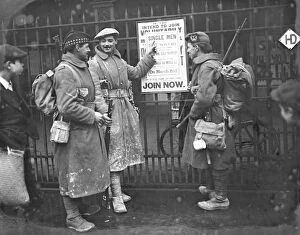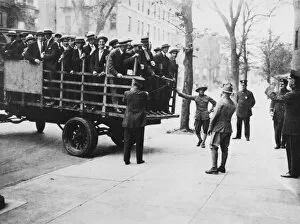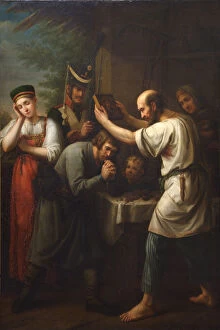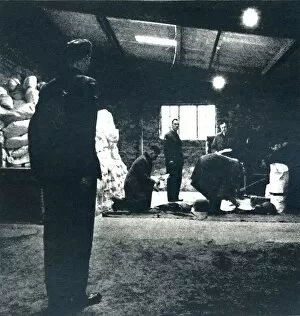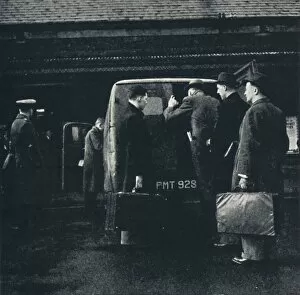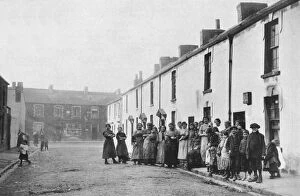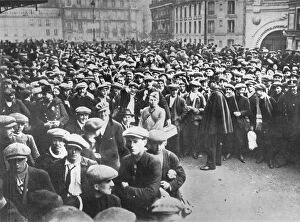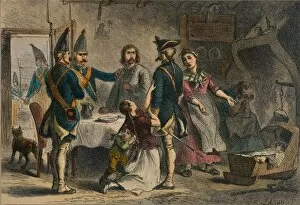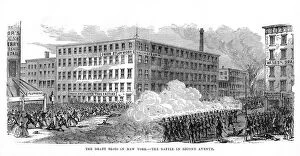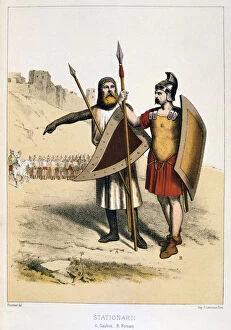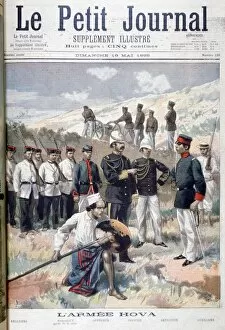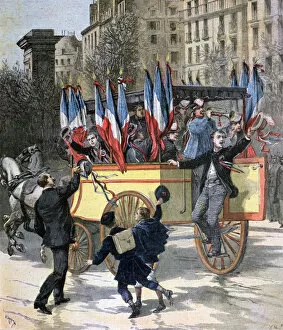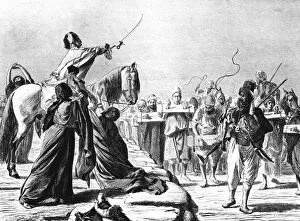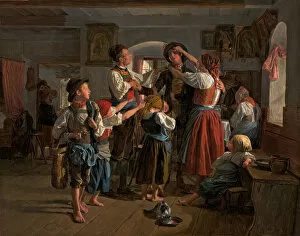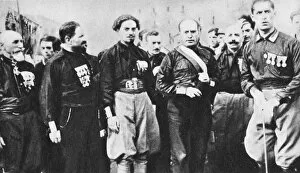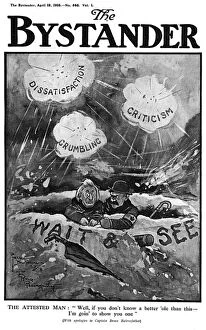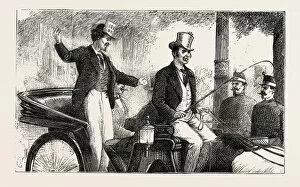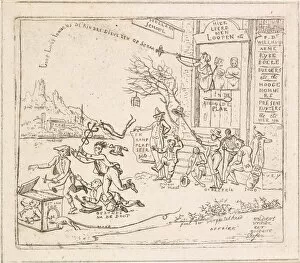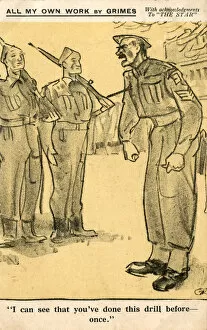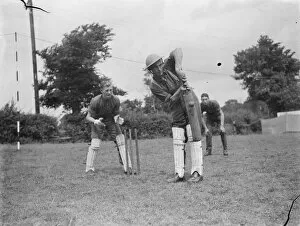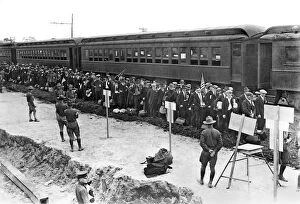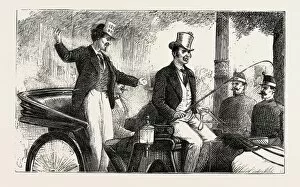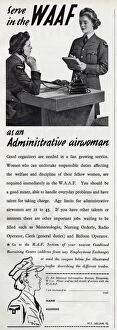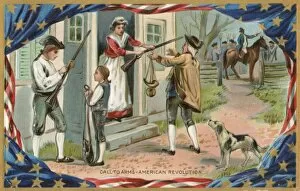Conscription Collection (#4)
"Conscription: A Historical Journey Through Time" In the realm of conscription, a tapestry of stories unfolds
For sale as Licensed Images
Choose your image, Select your licence and Download the media
"Conscription: A Historical Journey Through Time" In the realm of conscription, a tapestry of stories unfolds, revealing both the triumphs and tribulations that have shaped nations. From war-torn battlefields to bustling city streets, this practice has left an indelible mark on history. As we delve into its narrative, one cannot ignore those who were absent from their homes and loved ones. The conscripts of 1807 passing in front of the Porte Saint Denis in Paris evoke images of brave souls marching towards an uncertain future. Their departure forever altered the lives they left behind. Fast forward to World War I, where a powerful poster beckoned men with patriotic fervor - "Your King and Country Need You. " It was a call that echoed through every corner as patrons at Cafe Royal engaged in spirited discussions about duty and sacrifice. But it wasn't just men who answered the call; women too played an integral role. In 1941, an advert for recruiting women for the WaF (Women's Auxiliary Forces) showcased their strength and determination amidst turbulent times. Across continents, even dictators like Benito Mussolini recognized the power of conscription. In his fascist regime during the 1930s, he sought to mold a nation united under his banner. Yet not all responses to they were met with open arms. The Secession War or American Civil War saw opposition rise as draft riots engulfed New York City in flames. Insurgencies set fire to institutions such as the asylum for colored orphans during these tumultuous times. Amidst these struggles emerged poignant moments captured by artists' brushes and photographers' lenses. Engravings depicting "The Departure of Conscript" in 1851 reveal tearful farewells while another engraving portrays a constricted soldier returning home as a sapper – scars etched upon his soul alongside newfound skills acquired on distant battlegrounds.


